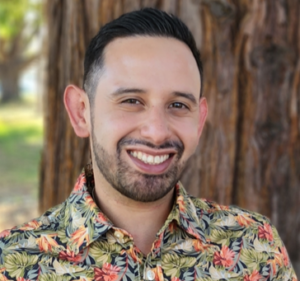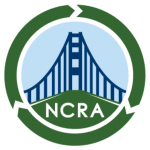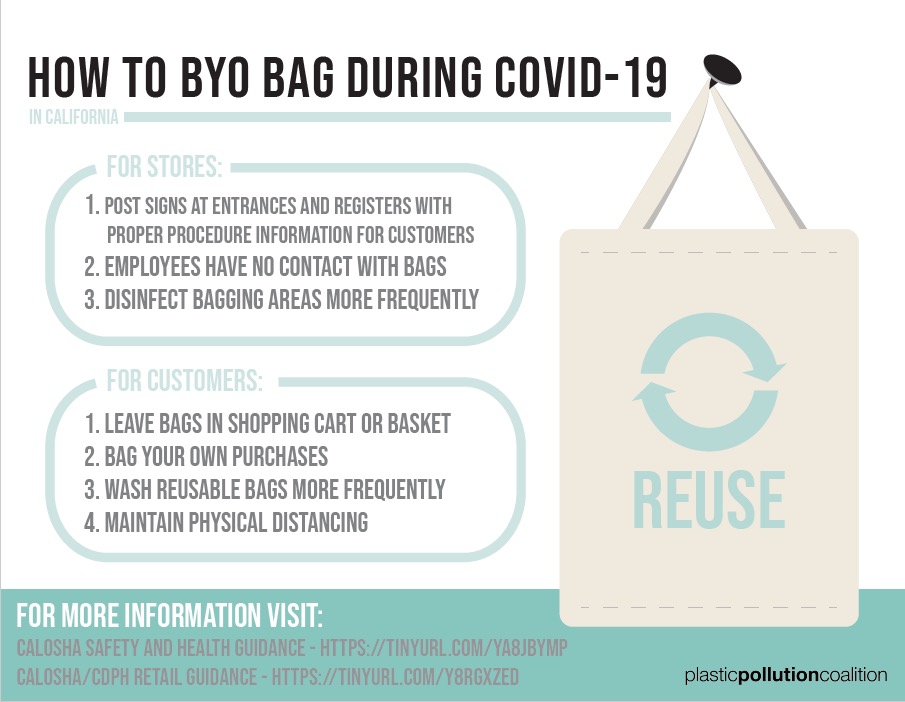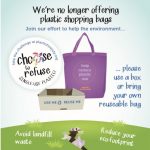
Esteemed Reader,
Happy Black History Month and Heart Health Awareness Month! I want to extend my gratitude to you as a subscriber, as well as to our members, sponsors, staff, and the Board of Directors, who have entrusted me to lead a second term as President of our small but mighty Northern California Recycling Association.
As we navigate an era where some seek to discredit the importance of diversity, equity, inclusion, and justice, I want to remind you that like many other organizations in our industry, the Northern California Recycling Association remains steadfast in its commitment to DEI. Our industry’s success is built on labor—especially those who drive our fleets of trucks, wash and reuse dishware, process waste streams, and apply finished compost to vineyards and orchards. A diverse workforce is essential to sustaining our industry. A great deal of those employed in the many facets of Zero Waste are first-generation immigrants, recent college graduates or dropouts, formerly incarcerated or rehabilitated individuals—disadvantaged community members who are given opportunities through their work. They are an integral part of our circular economies, and without their contributions, we would be unable to move toward our environmental goals.
In our everyday work as Zero Wasters—whether in our professions or personal lives—we see the value in recycling and reusing materials, cherish waste prevention, and embrace reuse with enthusiasm. We repair products, and along the way, we build and restore the communities we serve. We never take the linear, easy way; rather, we approach this work with intention and with equity for the communities we serve in mind. As a result, NCRA must continue to embody the principles of holding space for all community members, prioritizing those most vulnerable to injustice, and leading with equity by;
- Continuing to host webinars that showcase environmental justice through Zero Waste actions.
- Expanding conversations around equity in resource recovery programs and organizations, especially in edible food recovery.
- Paying a $500 annual Shuumi Land Tax (Land Acknowledgement Donation) to support Sogorea Te’s work of rematriation, returning Indigenous land to Indigenous people, and building urban gardens, community centers, and ceremonial spaces so current and future generations of Indigenous people can thrive in the Bay Area.
- Advocating for legislation that protects human health from toxic materials and harmful emissions. Continue to challenge industries that exploit our natural resources, pollute our water and air, and burden our communities of color.
- Requiring all conference and webinar speakers to commit to NCRA’S DEI Speaker and Presentation Guidelines
- Expanding our free Board scholarships to individuals and organizations who might benefit from attending Recycling Update and need their registration covered.
As partners, collaborators, and members united by our shared goals while addressing systemic, environmental racism and injustice—NCRA remains dedicated to serving as a platform for advocacy, learning, and networking. Let’s continue building on our past and present successes, not only by caring for materials but also by caring for each other. I look forward to seeing you in Oakland, a resilient and beautifully diverse city on March 18th at the 29th Annual Recycling Update!
In solidarity,
Freddy Coronado
President and Recycling Update Program Co-Chair
Northern California Recycling Association


 REQUEST TO NOT SUPPORT THE BOONE/STEIN O-MRF/MxWP LAWSUIT
REQUEST TO NOT SUPPORT THE BOONE/STEIN O-MRF/MxWP LAWSUIT
